2023
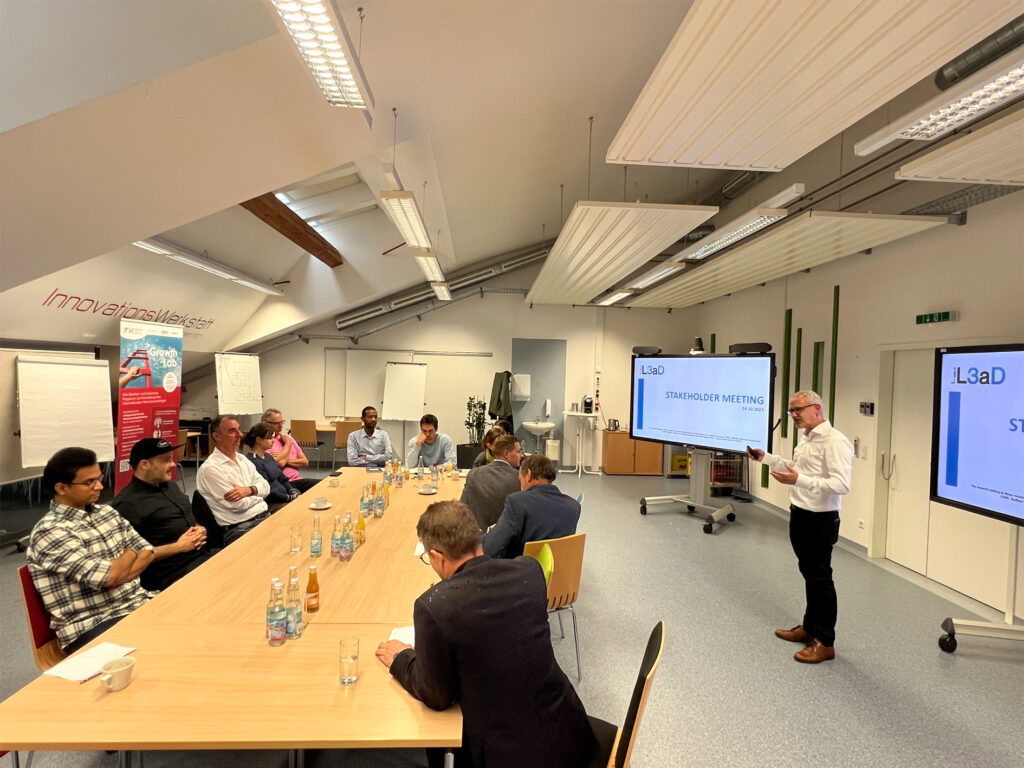
Stakeholder Meeting
It is important for the development process in our project to receive input and feedback from outside. Therefore, interested parties from the areas of citizens, industry, companies and academia, our stakeholders, were invited to discuss results and developments with us and to address possible problems. The results of this discussion will be considered and included in the further development process.
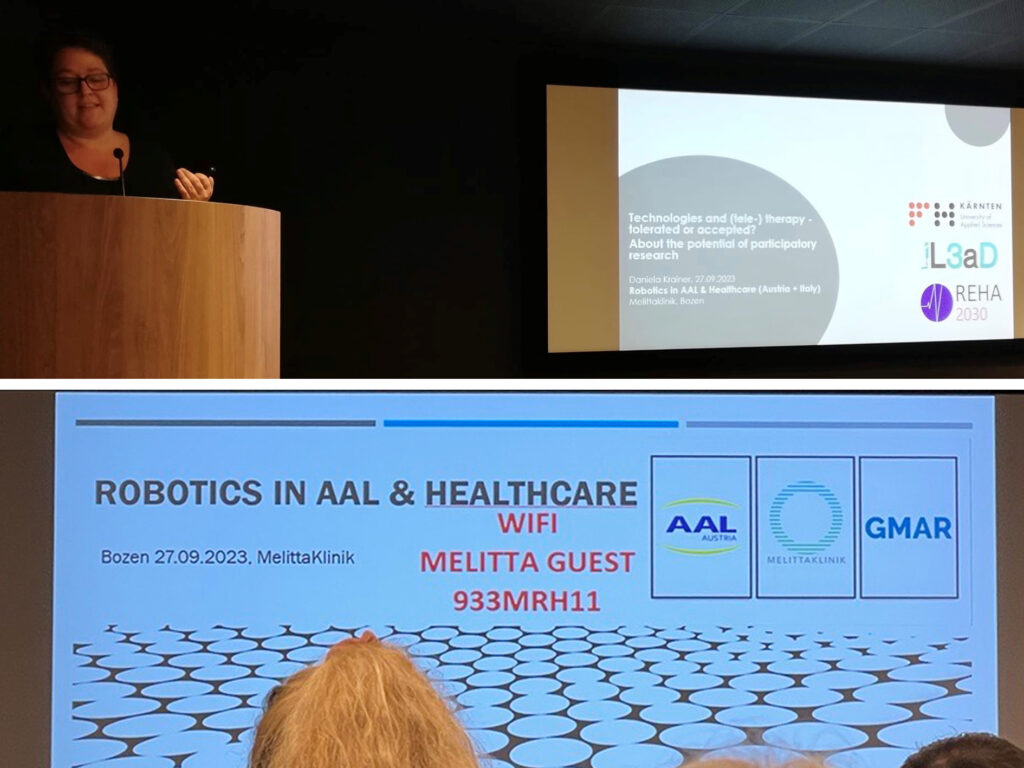
GMAR-Kongress: Sensor technology, Automation, Robotics and AAL - Active & Assisted Living
Two of our colleagues, Daniela and Claude, attended the GMAR-congress on Robotics in AAL & Healthcare at Melittaklinik in Bozen. Daniela’s talk “Technologies and (tele-)therapy – tolerated or accepted? About the potential of participatory research” was about important acceptance factors for the use of health technologies by therapists and patients with best practice examples and current research. Beside other outstanding lectures in that field, it was also a great opportunity for discussions and knowledge sharing.
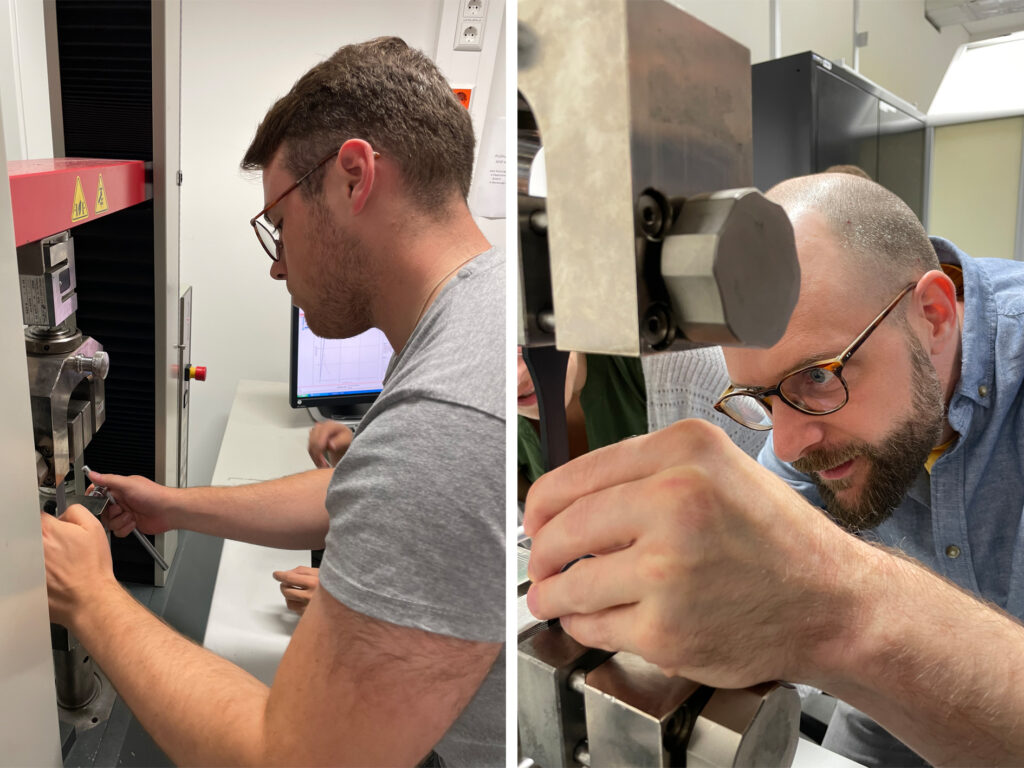
Teaching & Training
An important task in the iL3aD project is knowledge transfer to external parties. The findings and results obtained are to be used and further developed in the future. The transfer of knowledge in the area of teaching is particularly important. We can give students an insight into research and pass on the latest findings from the various fields. The students of the Digital Dental Technology Master Course were given an insight into material testing in the form of a laboratory exercise. Each of them could carry out a test by themselves. This practical exercise helps to better understand the process and the link between theory and practice.

GACM 2023 - Poster & Talk
Ahmed presented his work and achievements in iL3aD with a talk and poster at the 10th GACM Colloquium on Computational Mechanics in Vienna, Austria. “Development of 3D printed adaptive structures for lower limb prostheses shafts” was the topic of his presentation where he explains the development of his algorithm for topology optimization of the structure. Further the material distribution can be optimized to enhance mechanical properties such as stiffness, strength or thermal properties.
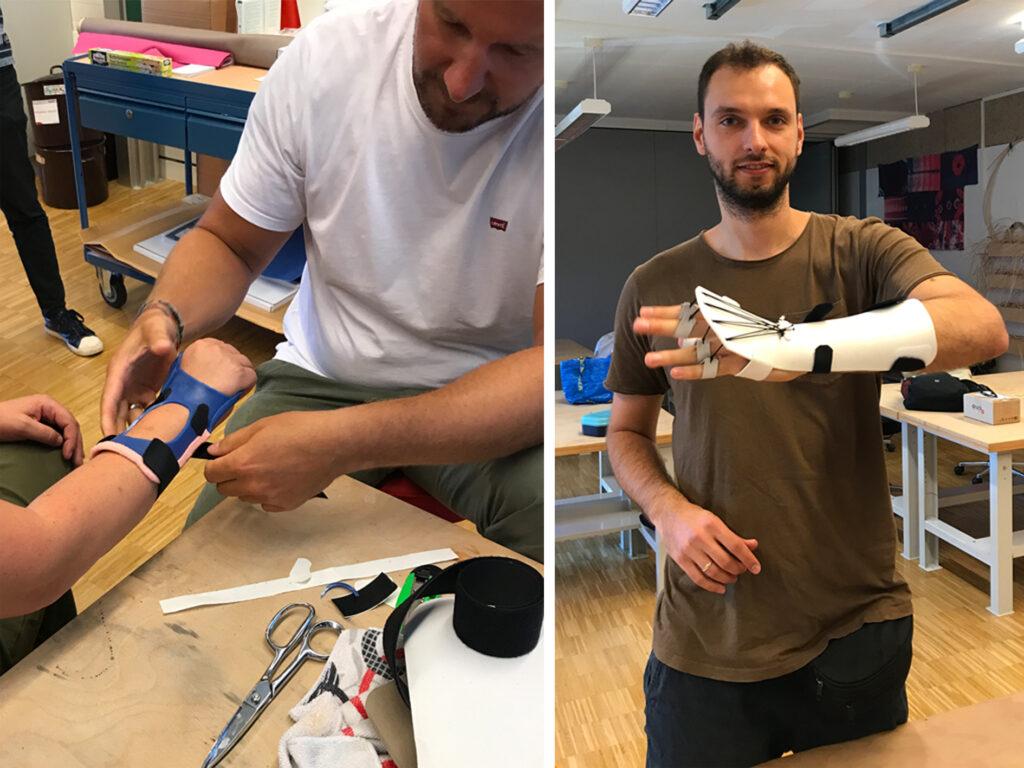
Workshop - Hand Orthoses
A very crucial part in the developing process of the hand orthosis is to know how it is built and what needs to be considered. The whole team attended a workshop with Martin Schusser, an expert in the field, to gain more knowledge and insight into hand orthoses. We learned about the different types of orthoses and their usage and what materials are used for them. The fabrication process was explained using the example of a dorsal wrist cock-up splint. Step by step we saw how the splint is made and what to look out for. Afterwards we had the chance to work with the different materials on our own.

AM-Austria Networking Event
The Additive Manufacturing Austria association (AM Austria) regularly organizes events to promote member networking and collaboration. This time at WILD Group in Völkermarkt, Carinthia, Mathias introduced iL3aD project and presented our work in the different research fields with focus on additive manufacturing.
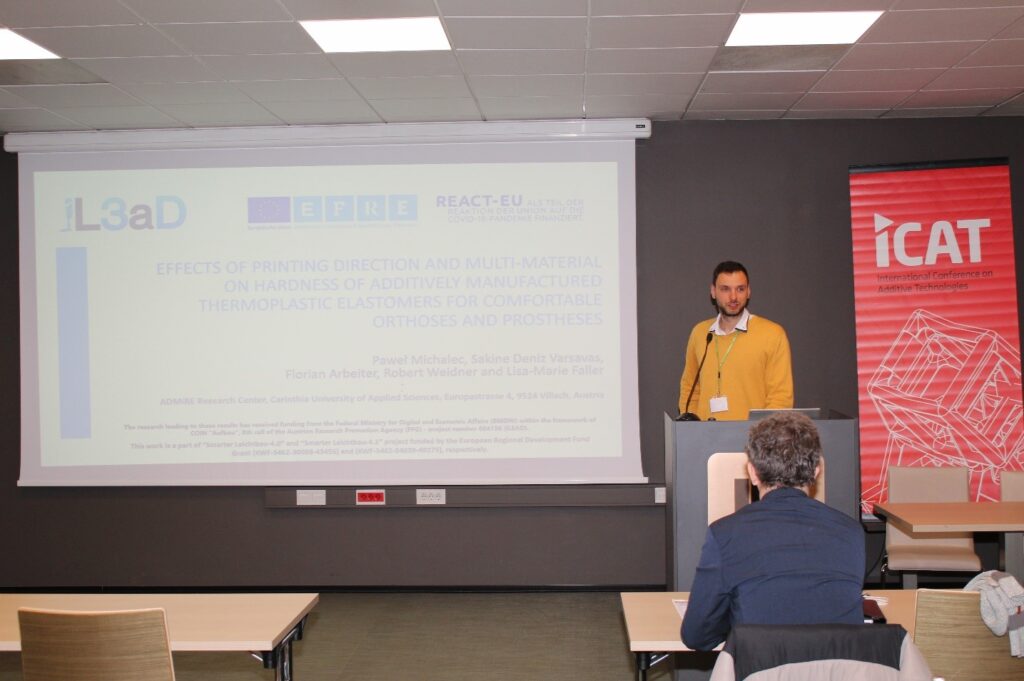
iCAT2023 - Talk
In April our colleague Paweł presented his paper “Effects of printing direction and multi-material on hardness of additively manufactured thermoplastic elastomers for comfortable orthoses and prostheses” at the 8th International Conference on Additive Technologies in Maribor, Slovenia. With the investigation of hardness changes due to the 3D-printing process, the first steps have been taken towards the development of comfortable and customised prostheses and orthoses.
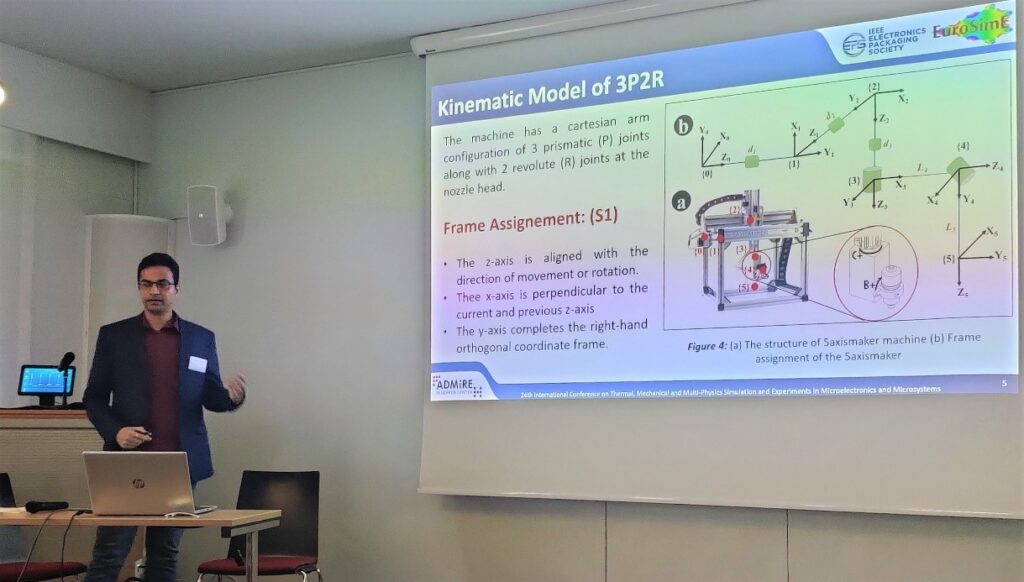
EuroSimE 2023 - Talk
Our colleague Srinivas attended the 25th International Conference on Thermal, Mechanical and Multi-Physics Simulation and Experiments in Microelectronics and Microsystems in Graz, Austria, with a talk about his work on multi-axis printing in iL3aD. He presented his paper “Supportless 5-Axis 3D Printing and Conformal Slicing: A Simulation-based Approach” where he highlights the results of a simulation-based approach for 5-axis printing without the need of support structures and to print complex geometries in a non-linear way.
